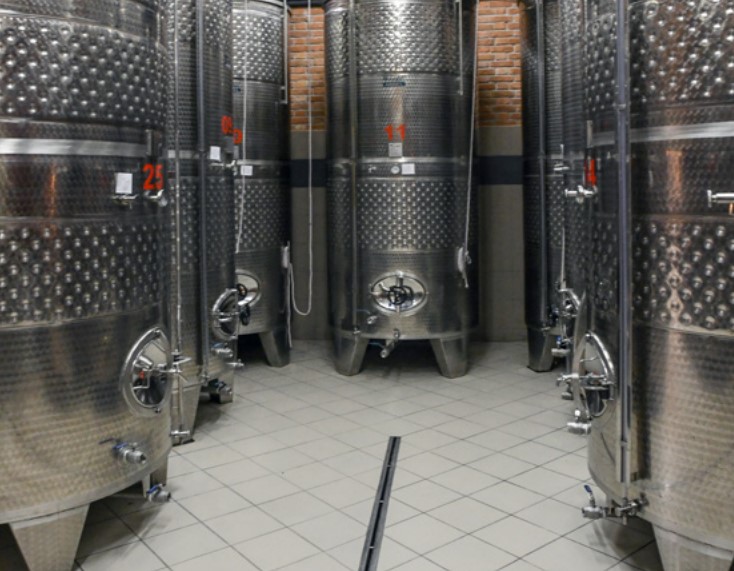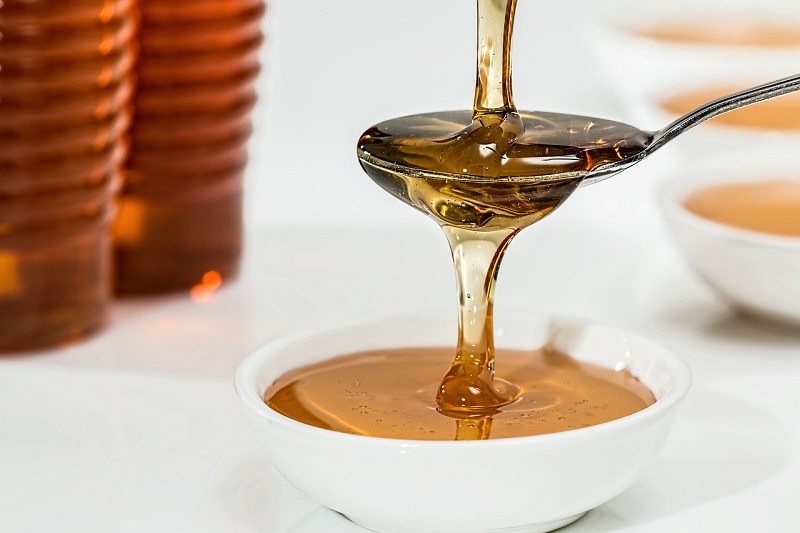
Advantages of Stainless Steel Wine Tanks
Stainless steel wine tanks, crafted from either stainless steel 304 or 316, have surged in popularity, largely attributable to their remarkable durability and sustainability. Unlike oak barrels with a relatively short lifespan of three to five years, stainless steel wine tank offers an extended service life. Oak barrels, as they age and are repeatedly used, lose their original oak aroma, and the wine’s acidity takes a toll on their structural integrity. In contrast, stainless steel tanks stand out for their enduring quality and longer-lasting performance.
Cost-Efficiency: Saving More with Stainless Steel Tanks
One of the compelling reasons behind the increasing preference for stainless steel wine tanks is their cost-efficiency compared to oak barrels. Stainless steel tanks typically boast larger volumes, allowing wineries to produce the same quantity of wine while saving on purchase costs. This financial advantage adds to the appeal of stainless steel tanks, making them a strategic choice for winemakers seeking both quality and economic prudence in their production processes.
Retaining the Essence: Stainless Steel Tanks and Grape Flavor
Winemakers are increasingly turning to stainless steel tanks to preserve the original personality and characteristic flavor of wine grapes. Despite the perception of stainless steel being tasteless and neutral, it serves as an ideal vessel to allow the true essence of wine grapes to shine through. The result is a purer and more natural wine, where the unique qualities of the grapes remain undisturbed.
Precision in Oxidation: Stainless Steel’s Advantage
While oak barrels introduce small gaps that create a micro-oxygenating environment for wines, the challenge lies in the uncontrollable pace of oxidation. Stainless steel tanks, distinguished by their excellent tightness, present a solution. The airtight nature of these tanks empowers winemakers to finely control the oxidation speed of wines. This controlled environment allows for precise monitoring of the wine’s quality, enabling winemakers to execute moderate oxidation in line with the desired taste profile. Stainless steel emerges as a tool for achieving optimal flavor balance and quality in the winemaking process.
Effortless Maintenance: Stainless Steel Tanks and Cleaning Efficiency
The ease of cleaning is a distinctive feature of stainless steel tanks that contributes to their sustainable use in winemaking. The smooth contact surface of these tanks allows for straightforward cleaning procedures, minimizing the impact of any residue from previous winemaking processes. This is particularly valuable in maintaining the purity and quality of the wine. Modern wineries often employ advanced CIP (Clean-In-Place) cleaning systems, further enhancing the efficiency of tank cleaning processes.
A Toast to Cleanliness: Stainless Steel Tanks in Humorous Light
On a lighter note, the simplicity of cleaning stainless steel tanks brings to mind a humorous anecdote. A colleague, when questioned about his beverage preferences, responded with a playful nod, stating, “No, I don’t just drink; I exclusively drink wine.” This amusing remark adds a touch of levity to the meticulous process of winemaking and highlights the unique allure of this age-old beverage.


